In the world of crypto, not all tokens are created equal — especially in the eyes of the law. Depending on a token’s structure, use case, and economic role, it may fall under vastly different regulatory frameworks.
For builders, investors, and analysts, understanding these classifications is not optional — it’s essential.
1. Coins (e.g., Bitcoin, Litecoin, Monero)
Definition: Native blockchain currencies with no central issuer.
Purpose: Store of value, payment method, settlement layer.
Regulatory status:
- Typically classified as commodities (e.g., Bitcoin in the U.S.)
- Not considered securities
- Subject to capital gains tax
- AML/KYC applies for exchanges and service providers
2. Utility Tokens
Definition: Tokens that grant access to a product, network, or service (e.g., governance votes, fee payments, platform usage).
Regulatory status:
- EU (under MiCA): Treated as a distinct asset class
- Must publish a whitepaper
- Registration required with national authority
- U.S.: Risk of being reclassified as securities if sold with investment intent
Warning: Many so-called utility tokens are actually investment instruments in disguise, which may trigger securities laws.
3. Security Tokens
Definition: Tokens that represent financial rights — such as equity, profit share, dividends, or debt.
Regulatory status:
- Fully subject to securities law
- Prospectus requirement
- Only tradeable on licensed exchanges or to qualified investors (e.g., EU: MiFID / U.S.: SEC)
- Requires KYC/AML, licensed custody, and often regulatory approval
Best suited for:
Real-world asset (RWA) tokenization — including real estate, commodities, venture capital shares, or tokenized bonds.
4. Stablecoins
Definition: Tokens pegged to a fiat currency (e.g., USD, EUR), typically via reserves.
Regulatory treatment under MiCA:
- E-Money Tokens (EMTs): 1:1 pegged to fiat → Regulated like electronic money
- Asset-Referenced Tokens (ARTs): Pegged to multiple assets (crypto, commodities, etc.)
Requirements:
- Full reserve backing
- Redemption rights for users
- Capital adequacy and supervision (especially for large issuers)
- Authorization by national authority or the European Banking Authority (EBA)
5. NFTs (Non-Fungible Tokens)
Definition: Unique, non-divisible digital assets — usually representing art, collectibles, or access.
Regulatory position:
- Generally not regulated as financial instruments
- BUT: If fractionalized, sold as an investment, or embedded with financial rights → may be treated as securities
Why This Matters
A token’s legal classification affects everything:
- Who can buy or sell it
- Which platforms can list it
- What licenses the issuer needs
- How (or whether) it can raise capital
Misclassification can result in lawsuits, delistings, or bans — especially as MiCA, the GENIUS Act, and other global frameworks come into force.
Key Questions for RateEx42 Users
When rating or researching a token, always ask:
- ✅ Is it a utility, security, coin, or stablecoin?
- ✅ Is it licensed, registered, or exempt?
- ✅ Does it comply with MiCA, SEC, or other applicable regulations?
- ✅ Is it retail-friendly — or restricted to qualified/professional investors?



